All Stories
-
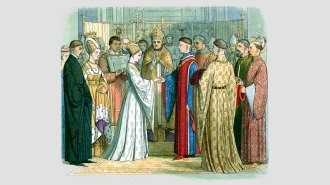 Humans
HumansThe medieval Catholic Church may have helped spark Western individualism
Early Catholic Church decrees transformed families and may help explain why Western societies today tend to be individualistic and nonconformist.
By Sujata Gupta -
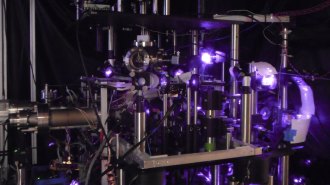 Physics
PhysicsTrapping atoms in a laser beam offers a new way to measure gravity
A new type of experiment to measure the strength of Earth’s gravity uses atoms suspended in light rather than free-falling atoms.
-
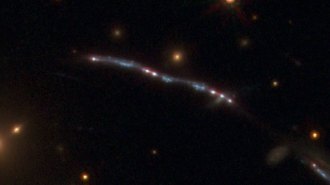 Space
SpaceLight leaking from a distant galaxy hints at a cosmic makeover’s origins
Ultraviolet light slips through a hole in a distant galaxy’s gas. Older galaxies might have used the trick to ionize most of the universe’s hydrogen.
-
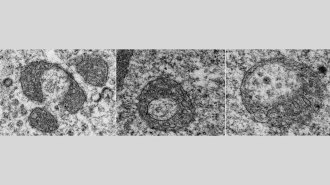 Life
LifeSelf-destructing mitochondria may leave some brain cells vulnerable to ALS
Mitochondria that appear to dismantle themselves in certain brain cells may be a first step toward ALS, a mouse study suggests.
-
 Health & Medicine
Health & MedicineA new dengue vaccine shows promise — at least for now
The latest vaccine against dengue shows promise in protecting children from the disease, but will need longer term study to ensure kids are safe from future infections.
-
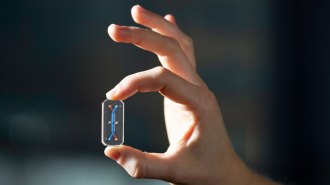 Health & Medicine
Health & MedicineA human liver-on-a-chip may catch drug reactions that animal testing can’t
An artificial organ may better predict serious drug side effects than animal testing does.
-
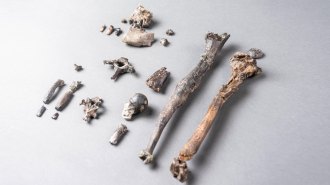 Humans
HumansFossils suggest tree-dwelling apes walked upright long before hominids did
A partial skeleton from an 11.6-million-year-old European ape still doesn’t answer how hominids adopted a two-legged gait.
By Bruce Bower -
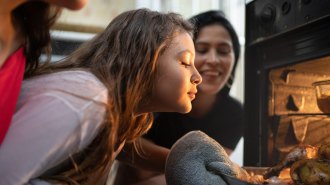 Neuroscience
NeurosciencePeople who lack olfactory bulbs shouldn’t be able to smell. But some women can
Some women who appear to lack the brain structures that relay scent messages still have an average sense of smell, and scientists have no idea how.
By Sofie Bates -
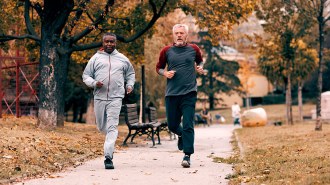 Health & Medicine
Health & MedicineRunning just once a week may help you outpace an early death
Any amount of running can lower a person’s risk of early death, an analysis of multiple studies finds.
-
 Tech
TechThe first artificial material that follows sunlight may upgrade solar panels
Rows of tiny stemlike rods called SunBOTs orient themselves toward light, optimizing the solar energy that they can harvest.
By Sofie Bates -
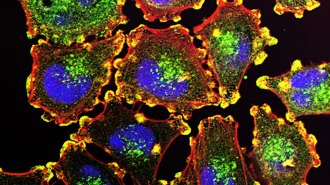 Health & Medicine
Health & Medicine50 years ago, cancer vaccines were a dream
Researchers are now prodding the immune system to fight cancer, reviving the longtime dream of creating cancer vaccines.
-
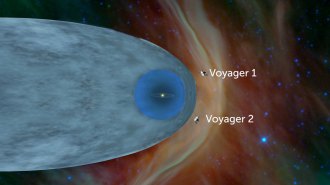 Space
SpaceVoyager 2 reveals the dynamic, complex nature of the solar system’s edge
With two spacecraft outside the sun’s magnetic bubble, researchers get a new look at the boundary between the sun and its galactic environment.